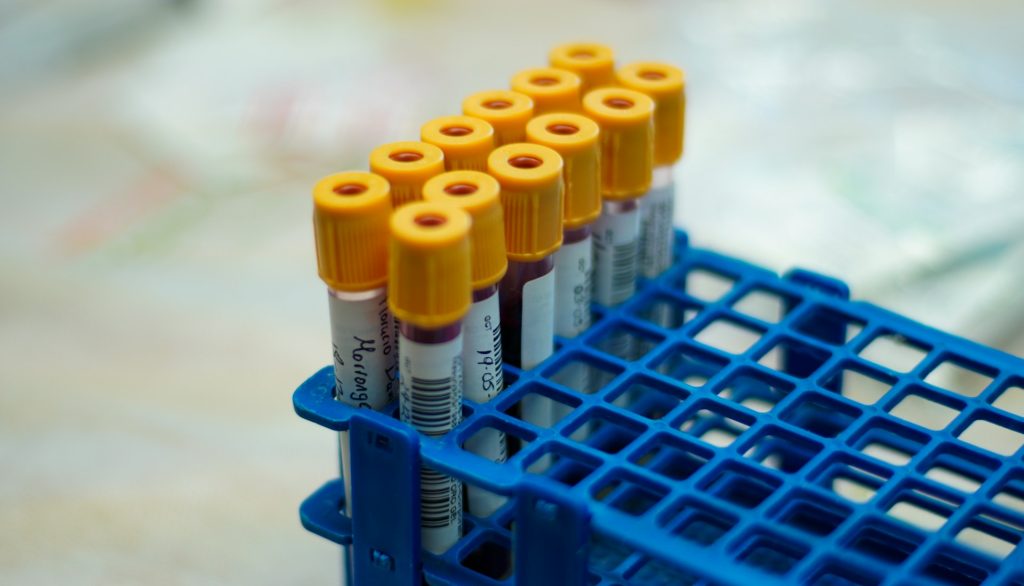Research
Type 2 Diabetes
Type 2 diabetes (T2D), which affects 90% of diabetes patients, and type 1 diabetes (T1D), accounting for 5%, are multifactorial diseases with polygenic susceptibility. In rare cases (~1%), dominant or recessive monogenic mutations are identified, primarily in young patients. Genome-wide association studies (GWAS) have linked T2D to common variants, often located in regulatory regions of pancreatic beta cells, and identified rare variants in genes such as RFX6, associated with specific phenotypes. The analysis of rare and ultra-rare genetic variants in T2D remains a critical challenge. Although international cohorts have analyzed whole genomes, significant limitations persist in identifying non-coding variants and stratifying by phenotypes. In T2D, genetic and environmental factors, such as obesity, interact in a complex manner. Polygenic risk scores (PRS) have shown potential for risk prediction, but their clinical utility is still limited, requiring optimization for different populations and contexts.
The implementation of genomic medicine in T2D holds significant potential to improve patient stratification, personalize treatments, and optimize clinical decisions. Examples in monogenic diabetes, such as mutations in the GCK, HNF1A, and HNF4A genes, have demonstrated that it is possible to design specific treatments based on genetic etiology. However, in T2D, the polygenic architecture and substantial environmental influence complicate the direct application of genetic information in clinical practice. Recent research has used PRS to identify patients at higher risk of T2D but with limitations in predicting therapeutic responses. Strategies such as functional partitioning of PRS have advanced in identifying patients based on variants in specific regulatory regions of pancreatic islets.
The discovery of rare and ultra-rare genetic variants is essential for advancing the understanding of T2D, requiring whole-genome analyses and applying advanced models to prioritize deleterious variants. Extreme phenotypes, such as early-onset T2D without obesity, show a higher genetic burden, making them an ideal group to maximize the discovery of rare mutations. The creation of a cohort focused on these phenotypes would provide a unique opportunity to explore the genetic and functional heterogeneity of T2D.

Pharmacogenomics also has significant potential to predict adverse reactions to medications used in T2D. For instance, metformin intolerance, which affects 10% of patients, is associated with specific genetic variants, such as those in the SLC22A1 gene, in addition to having a polygenic basis. Although evidence of these associations exists, clear clinical guidelines for their implementation have yet to be developed, representing an area of great interest for personalized medicine.
The hypothesis is that recent advances in genomics and genetics allow for effectively addressing the etiological heterogeneity of T2D. By combining genomic and non-genomic data, it is possible to define patient subgroups that support personalized clinical decisions. The overall objective of the project is to develop genomic tools to characterize the etiological heterogeneity of T2D and personalize its clinical management, in line with the principles of precision personalized medicine.
Objectives
The specific objectives include: the creation of a discovery cohort (ImpactT2D) with 1,000 patients selected based on extreme phenotypes, obtaining whole genomes; the development of models integrating rare genomic variants and stratified PRS; the implementation of artificial intelligence strategies to define patient subgroups by combining genomic and clinical data; the validation of models in a second cohort through targeted genotyping; the design of a therapeutic trial to evaluate differences based on extreme PRS; the exploration of genomic markers to predict drug toxicity; the implementation of a care algorithm supported by an app integrating genomic and clinical data; and the design of processes to inform patients about their genomic information.